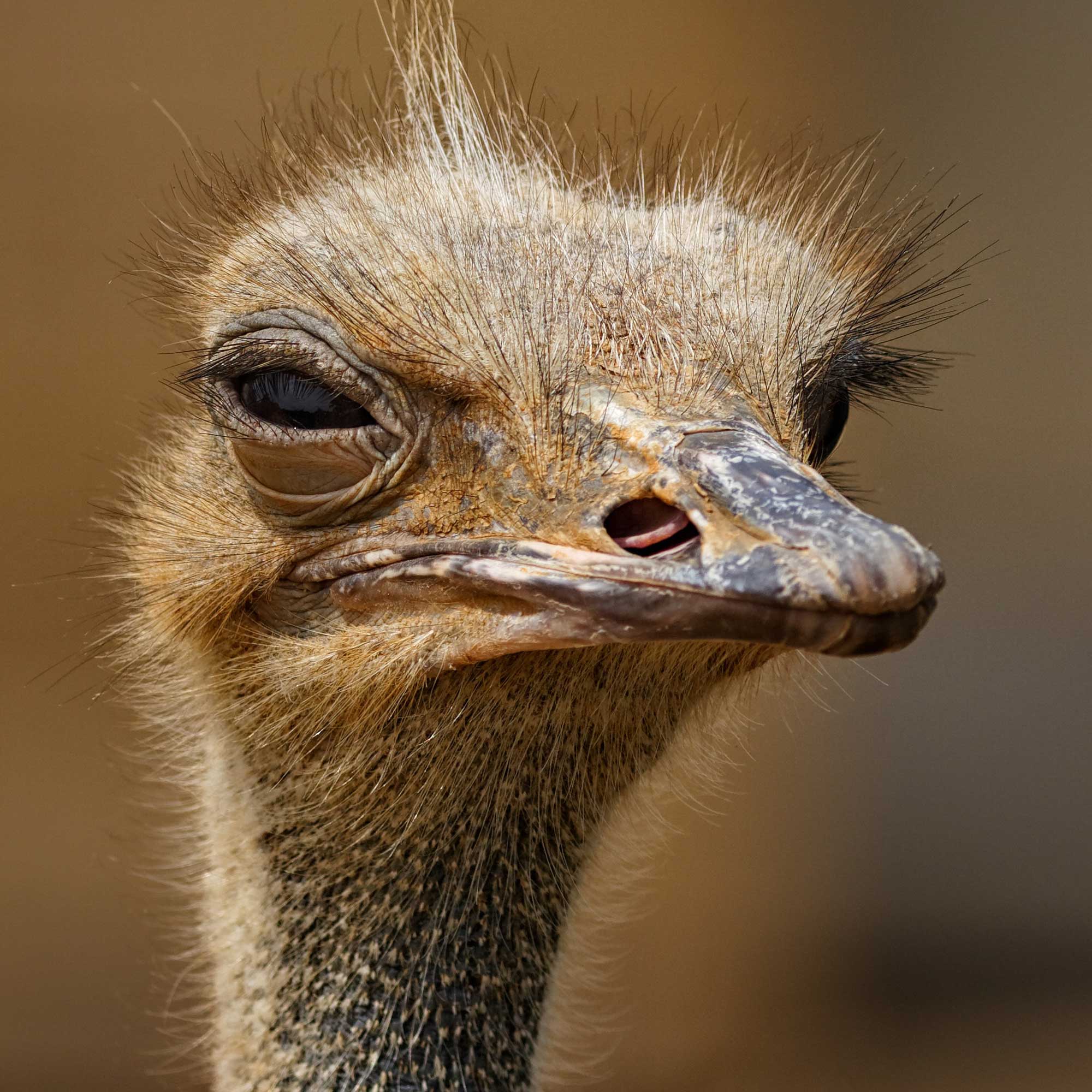Image Copyright, How To Avoid Risks
With the ever growing use of content management systems to allow people to manage and run their own websites, the risk of falling foul to a copyright claim is all too common if you fail to adhere to the basic guidelines on complying with copyright law.
Unfortunately there are countless cases of copyright claims sent every day to websites, big and small which have arisen from someone who often did not intend to breach copyright laws but has done so due to a simple misunderstanding.
 The nature of the internet over the past 5-10 years has altered due to the increase in connection speeds through broadband lines. This has allowed for more media to be shared such as music, videos, films, games & programs using torrent software. Torrenting is currently a hot topic of contempt with the media industry trying to assert their control of the internet and shutting down offending sites like Mega Upload and to push for US Congress to approve internet control in the form of bills such as SOPA.
The nature of the internet over the past 5-10 years has altered due to the increase in connection speeds through broadband lines. This has allowed for more media to be shared such as music, videos, films, games & programs using torrent software. Torrenting is currently a hot topic of contempt with the media industry trying to assert their control of the internet and shutting down offending sites like Mega Upload and to push for US Congress to approve internet control in the form of bills such as SOPA.
As a culture, and with social media exploding, you could easily assume that the internet is now a place to share everything. There are endless ways to transfer and download media without a single penny being spent. Whilst this may be true when it comes to your own personal media such as family photos and your home videos this is not true for content which has been created by someone else who makes a living from their creations or a business that produces paid media and suffers financial losses through the availability of sharing sites.
You are most likely completely familiar with the illegal sharing of the latest films or sharing pirate software and have strong feelings against this but you may not be aware that the habits that you have built over time that help you run your web site fall into the same category as illegally downloading your favourite films.
I’ll explain what the issues are, the risks, how you will get caught and how you can avoid it.
What is image theft?
 The best example of image theft that I can guarantee 99% of people have used at some point, and some others will do so on a daily basis, is to populate their website, print material or projects by using Google images to find pictures. (Or any search engine, Flickr & Image Sharing site etc) This is a gross misunderstanding of what this type of Image searching is designed for.
The best example of image theft that I can guarantee 99% of people have used at some point, and some others will do so on a daily basis, is to populate their website, print material or projects by using Google images to find pictures. (Or any search engine, Flickr & Image Sharing site etc) This is a gross misunderstanding of what this type of Image searching is designed for.
Contrary to belief it is not intended to supply visitors with images ready to save and use for projects, it is merely a replica of the main search function for finding websites. It should also be treated in the same way for finding and browsing only.
If you search for an image and then open up the image preview window you can see at the very bottom Google has a small statement that says ‘Images may be subject to copyright’. This is a warning that the images may or may not be suitable for your use. If you are creating a banner for your web site and you need a nice blue sky picture and you find one on Google, save it and use it you may believe that there is no problem. Some people may assume that if it is on the internet or it does not have a watermark over the image (A watermark is a faint logo placed over the image to show the image owner) then it can be used without a problem.
The Truth
Any image that does not belong to you, is not yours. An image does not need to have any visible watermarks to be copyrighted. The original photographer / designer always owns the rights to that image and using it without his or her express permission is a breach of their copyright and can land you in trouble.
The Tricks
It has been a long established belief that by cropping, flipping or digitally editing the original image, you can remove the watermark and make the image usable and untraceable. You may be surprised to find this is false!
How You Will Get Caught

The software works by placing an invisible watermark on the image that cannot be seen by the eye. This watermark can survive heavy editing such as cropping, air brushing, re-saving, colour changes and other aggressive manipulation techniques. The owner then lets the software go to work and it trawls the internet searching for all instances of the image and reports back. The owner then correlates the results with who has permission and who is using the image illegally.
The Risks
The risks are very high. If you have used an image from a major stock image site, their legal teams that will pursue you will be highly efficient and backed up with a large budget to spend. You have very little chance of overcoming a lawsuit from such companies. The law looks upon you as being in clear breach of the rules.
If you are lucky enough to be contacted by a fairly reasonable image owner, they may send you a cease and desist letter indicating that you have a certain amount of time to remove all instances of the image and to produce to them a written letter indicating that you have removed. Always remember you are in the wrong and have committed the breach so they are within rights to pursue further action.
How To Avoid Issues
The most bullet proof way is to refrain from using images that you have no permission for. This leaves you with the issue of where do you find images now?
You can be granted permission to use someone’s image and they may or may not charge you a fee for this. Generally, in order to fully comply you should seek to have written permission from the owner stating that you have permission to use the image, where you are allowed to use the image and any other specific details that relate to your usage and would help you defend yourself if in the event that the owner later challenges your usage in the future. You may also be required to place a credit to the original owner on the web page stating their name and their website address.
This can be a lengthy process and sometimes there is no indication of who the original creator was so the other option and my most highly recommended option is to use stock photo websites such as iStock Photo. With this method you will be sure to find an extensive range of high quality images by professional photographers with royalty free usage rights. This means after purchase, you can reuse the image as many times as you want within the image usage guidelines found on the site.

In summary, this may come as a surprise to you that what you thought was common image saving practice is in breach of the same copyright rules as downloading a film. It is best to avoid all issues and the cost of paying for an image at £3 is a lot less than facing a £3500 image copyright claim if you get caught. Always remember to be safe with your content!








